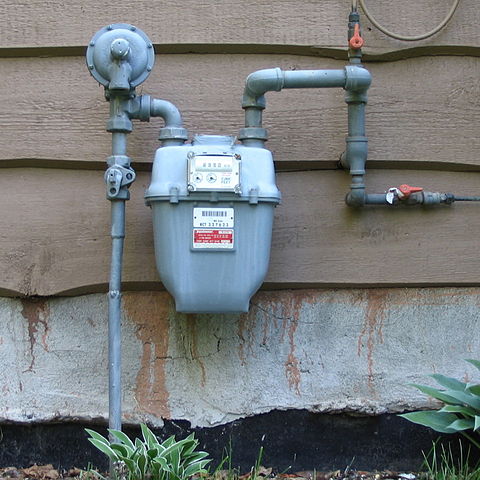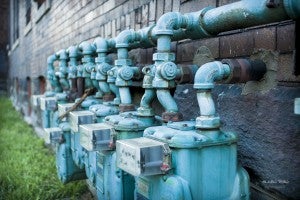UPDATE: We asked California residents what clean air protections mean to them. Here’s what they said.
Last month, lifelong Kern County, California resident Felipa Trujillo discussed the health impacts her community, located near oil and gas operations, has experienced. “It’s the most contaminated place in the country. I have witnessed many children getting cancer and asthma, and would like to leave a positive future for my grandkids.”
Trujillo was one of over twenty witnesses that appeared last month before the California Air Resources Board (CARB) to testify on the need for strong statewide rules to reduce methane pollution from the oil and gas industry. During the meeting, Board members heard about the importance of the rules from many powerful witnesses, ranging from concerned mothers and fathers, impacted community members overburdened by poor air quality, nurses who consistently treat asthma patients, industry experts, and air district agents from throughout California.
Several Porter Ranch residents testified on what it was like to endure one of the worst methane leaks in U.S. history right in their backyard. “A month prior [to the Aliso Canyon leak being reported] my daughter Emma, 22 months at the time, began showing signs of asthma. Two months after the gas leak was reported, my daughters were diagnosed with acute exacerbation of asthma,” described Porter Ranch resident, Jaqueline Shroeder, calling on the Board to take swift action in approving strong rules. Read More










 Calvin Bryne co-authored this post.
Calvin Bryne co-authored this post. Each month, the Energy Exchange rounds up a list of top clean energy conferences around the country. Our list includes conferences at which experts from the EDF Clean Energy Program will be speaking, plus additional events that we think our readers may benefit from marking on their calendars.
Each month, the Energy Exchange rounds up a list of top clean energy conferences around the country. Our list includes conferences at which experts from the EDF Clean Energy Program will be speaking, plus additional events that we think our readers may benefit from marking on their calendars. Natural gas is a major source of electricity in the United States. Roughly one-third of the 33 trillion cubic feet of gas produced each year is used to power our homes and businesses. And it’s the gas delivery and transmission industry that ensures these services are delivered nationwide.
Natural gas is a major source of electricity in the United States. Roughly one-third of the 33 trillion cubic feet of gas produced each year is used to power our homes and businesses. And it’s the gas delivery and transmission industry that ensures these services are delivered nationwide. The United States produces approximately 33 trillion cubic feet of natural gas each year. A majority of this gas is converted to electricity at power plants or used for industrial purposes, but about one third ends up making the journey from the well head, through underground pipelines, and into our homes and businesses. How much of this gas gets lost along the way—whether it’s through leaky equipment or other factors—is important because of the
The United States produces approximately 33 trillion cubic feet of natural gas each year. A majority of this gas is converted to electricity at power plants or used for industrial purposes, but about one third ends up making the journey from the well head, through underground pipelines, and into our homes and businesses. How much of this gas gets lost along the way—whether it’s through leaky equipment or other factors—is important because of the  More than 1,000 people gathered in Nashville, TN this week for the summer meeting of the National Association of Regulatory Utility Commissioners (NARUC). The meeting is one of three yearly where thought leaders gather to socialize the knottiest issues of the day in regulated utility industries, including telecommunications, electricity, natural gas, and water. Two electricity debates dominated the stage and the halls during this summer’s meeting: nuclear power and rate design.
More than 1,000 people gathered in Nashville, TN this week for the summer meeting of the National Association of Regulatory Utility Commissioners (NARUC). The meeting is one of three yearly where thought leaders gather to socialize the knottiest issues of the day in regulated utility industries, including telecommunications, electricity, natural gas, and water. Two electricity debates dominated the stage and the halls during this summer’s meeting: nuclear power and rate design.